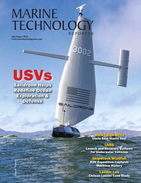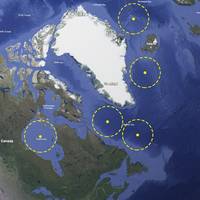
Mother Ship with USV Flotilla Could Boost Coast Guard Capabilities
, but the specialized technicians and repair crew could be flown from the nearest airport.The flotilla, up to four USVs, would provide extended range monitoring and on-scene presence, possibly up to 400 NM. This could allow two or three flotillas to monitor the Labrador Sea from Newfoundland up through Baffin Bay. Similarly, one mother ship and flotilla could monitor much of Hudson Bay. Another application could be the Gulf of Alaska and the Bering Sea.The USVs could be controlled from the mother ship or operate autonomously under some conditions. They would be suitable and seaworthy for the purpose intended
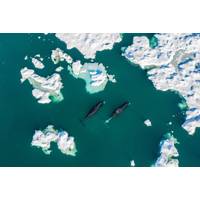
Naturally Quiet
increase significantly in the Arctic due to more ship traffic and reductions in sea ice extent and thickness. The modelling predicts that increases in noise levels will not be uniform and can range from a doubling to a ten-fold increase, even in areas with relatively low shipping currently, such as Baffin Bay and the Chukchi sea.Noise could be reduced by slowing ships down, but many already travel relatively slowly at around 10 knots. Ships could be redirected away from the blue corridors – the migration pathways of many whales – but shifting the noise may just shift the problem. Sanctuaries

New Research Sheds Lights on the Huge Carbon Store in Canada’s Seabed
. However, a significant amount was also predicted to occur in the deep channels of the Gulf of St. Lawrence. In comparison, the Arctic seafloor generally contained lower levels of carbon, but relatively high carbon was predicted in sediments close to the Arctic coasts and in the northern parts of Baffin Bay near Greenland.Future developmentsThere is increasing evidence that human activities are impacting seabed sediment carbon stocks. For example, a recent study estimated that global fishing activities using bottom trawls and dredges disturb huge amounts of seabed sediments and may cause a considerable
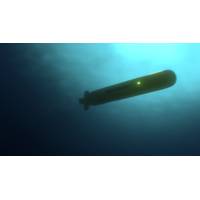
How AUVS Can Spot Oil Plumes After an Ocean Spill
of the backseat driver control to direct the AUV.The tracking missions have been successfully tested in computer simulations and will be deployed in coastal waters where micro-air bubbles will be used to represent the oil. In 2023, we plan to test these sonar-equipped AUVs near Scott Inlet in Baffin Bay, where there are several naturally occurring oil seeps.While we’ve developed this approach to sense patches of oil droplets in seawater, the principle could also be used for other targets in the ocean, including identifying plastic and micro-plastic debris, studying schools of fish, plankton
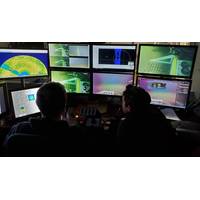
Forum's Arctic Research ROV Completes Sea Trials
complex underwater procedures.”“This is the second ROV we have delivered to Université Laval and we are thrilled it has passed its sea trials and the organization is now in a position to begin studying the deep-water corals and cold deep eco-systems of the northern Labrador Sea and Baffin Bay.”The new Comanche ROV was manufactured at FET’s facility at Kirkbymoorside, Yorkshire and replaces FET’s previously utilised Super Mohawk ROV.Since 2003, CCGS Amundsen has spent over 2,500 research days at sea and accommodated over 1,800 scientists, technicians, students, and
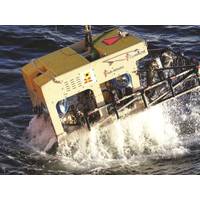
Forum ROV to Support Arctic Research
by Forum.“The Comanche ROV will represent a pivotal equipment of the research icebreaker CCGS Amundsen. In 2020, it will be deployed at several locations spanning a latitudinal gradient from 58° to 77°N to study deep-water corals and cold seep eco-systems of the northern Labrador Sea and Baffin Bay. The project will generate critical knowledge of biodiversity and marine habitats needed for key ocean conservation initiatives in Canada”, said Dr. Alexandre Forest, Executive Director of Amundsen Science.The new Comanche ROV will be manufactured at Forum’s facility at Kirkbymoorside
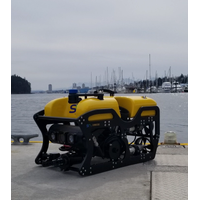
SEAMOR: ROV to Last Ice Project in Canada
Canada in Manitoba. The vehicle will be deployed to the High Arctic to inspect the area which remains frozen year-round and take part in research and evaluating ways to protect this special ecological region.The High Arctic is an important area encompassing the northern regions of Canada (Arctic Basin, Baffin Bay and the Pikialasorsuaq, or North Water Polynya) and reaches to western Greenland. This area remains frozen throughout the year, for multiple years, acting as an important refuge for ice-dependent species such as polar bears, beluga and narwhal whales, walrus and seals, as well as the communities
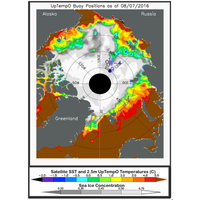
Arctic Sea Ice Melt Continues
accumulated over the summer. Early ice retreat has allowed the ocean to warm, both from absorption of the sun’s energy and from northward-flowing warm water in the Chukchi Sea to the west of Alaska and in the Barents Sea to the north of Norway. Unusually strong ocean warming occurred in northern Baffin Bay (between northern Canada and Greenland), the Beaufort Sea (north of northwestern Canada and Alaska), the East Siberian Sea (north of far eastern Siberia) and the Barents and Kara seas (north of western Eurasia). What is quite unusual this year is the early ice retreat and resulting ocean
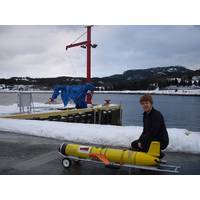
Memorial University & Understanding Icebergs
icebergs heading down the Newfoundland and Labrador coast come from the west coast of Greenland, said Riggs. Actually, one glacier, the Jakobshaven glacier, is the most productive. The icebergs, some weighing millions of tons, calve off glaciers flowing into Jakobshaven fjord and then drift out into Baffin Bay. “They start heading northwards because that is the way the current flows and then when get around the Lancaster Sound area they basically hang a left and go west and start down Baffin Bay past the Labrador Coast and then to the Grand Banks,” said Riggs. Their size is reduced considerably
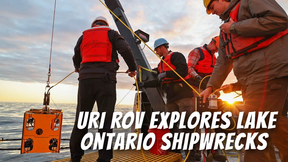
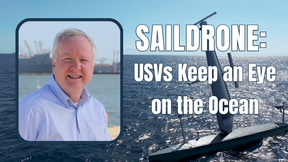
 February 2025
February 2025


